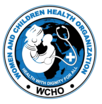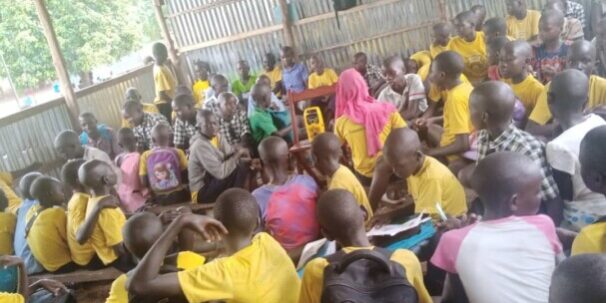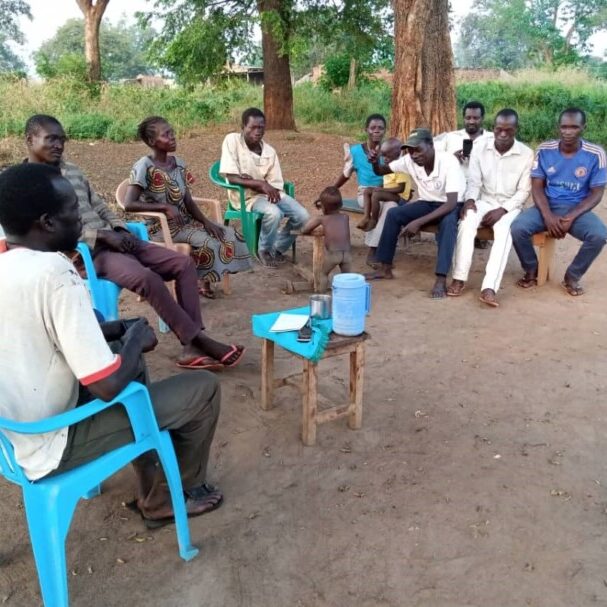Project Description
The project is on the provision of Sexual Reproductive Health (SRH) services including information to the adolescents and youth including persons with disability (PWD) in collaboration with the health facilities.
With support of Reproductive Health commodities (basic kits) supply from USAID Global Health Supply Chain Programme (Chemonics International),WCHO voluntarily implements a project aimed at provision of Adolescents and Youth friendly services (SRH) as well as information including Gender Based Violence (GBV) in Nzara County at the youth Centre and other various community levels through conducting awareness sessions, community mobilization outreaches and listening clubs with the adolescents and youth in Nzara County in conjunction with the trained community midwife and Community Health Workers
PROJECT OBJECTIVES
Broad Objective
To create demand for the utilization of the Adolescent Sexual Reproductive Health (ASRH) information and services.
The overall objective of conducting the activity at the youth Centre and other various community levels is to provide information and services to increase accessibility of adolescents and young people, persons with disabilities including the first-time mothers to adolescent youth friendly health services [AYFHS] such as on maternal, new born and child health (MNCH), family planning (F/P) & adolescent sexual reproductive health (ASRH) and quality information through health facilities, youth center’s and mobile outreaches.
Specific Objectives
- To create Sexual Reproductive Health (SRH)/HIV/GBV awareness among the adolescents and youth people including persons with disabilities in the community.
- To impart the adolescents and youth including those who are disabled with behaviour change communication and life skills.
- To fight stigma and discrimination among the adolescents, young people including persons with disabilities living with HIV/AIDS.
- Continuous capacity for the mother support groups and other adolescents and youths in the different communities including persons with disabilities.
- To minimize GBV occurrence in the community with consideration of persons living with disabilities.


